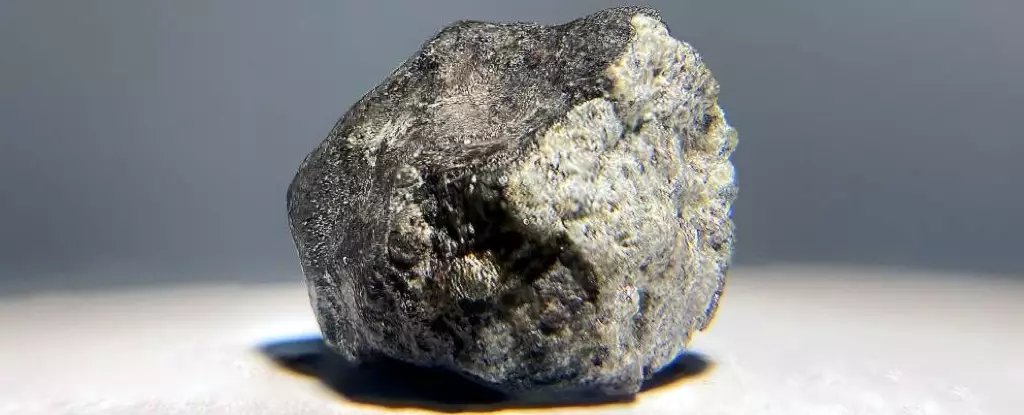For centuries, meteorites have captivated humanity’s curiosity. These celestial travelers, often seen as harbingers of cosmic wonder, have historically posed a major question: Where do they come from? Until recently, only a limited number of meteorites that have fallen to Earth could be definitively traced back to their parent bodies in space. However, new groundbreaking studies led by prominent institutions are providing profound insights, establishing connections for over 90 percent of meteorites with specific origins. This significant advancement has a considerable impact on our understanding of the Solar System and the processes that govern it.
Meteorites are primarily classified into two prevalent categories: H chondrites, which are rich in iron, and L chondrites, which contain lower concentrations of iron. Collectively, these two classes represent approximately 70 percent of all meteorites. Their unique formation process involves small particles known as chondrules, which originate from rapid cooling of molten rock in space. This aspect not only makes chondrites fascinating specimens for study but also provides vital clues regarding their origins. The recent research effectively examined these meteorites, identifying them as remnants from three specific asteroid families: Massalia, Karin, and Koronis. Each of these families resides within the main asteroid belt located between Mars and Jupiter.
Beyond merely identifying the asteroid origins, researchers have also delved into the timeline of significant cosmic events. Among their findings were notable collisions that occurred within these asteroid families—events that ultimately resulted in the fragments reaching Earth. The study noted crucial impact events; the Massalia family experienced major collisions 466 million years ago and again 40 million years ago. Meanwhile, the Karin and Koronis families had their own catastrophic events about 5.8 million and 7.6 million years ago, respectively. These timings are essential for understanding the dynamics of the asteroid belt and the pathways that meteorites take to our planet.
The conclusion that many meteorites originate from a select group of asteroid families comes from an array of supporting evidence. Researchers have analyzed factors such as the cosmic-ray exposure ages of H chondrites and the existence of associated dust bands. This approach helps to substantiate their claims, as it reflects the cosmic environment in which these meteorites exist. The tracking of pre-atmospheric orbits further enhances the researchers’ ability to successfully piece together the evolutionary story of these celestial objects.
The implications of this research extend beyond mere academic curiosity. Understanding the shared origins of meteorites not only elucidates the life cycles of asteroid families but also provides a clearer picture of the Solar System’s evolutionary history. Each identified meteorite carries with it clues about the conditions that prevailed in the early Solar System, allowing astronomers to construct a timeline of planetary formation and asteroid dynamics.
Furthermore, the significance of recent collisions implies that our planet continuously accumulates materials from space, which can influence geological processes and possibly even life on Earth. This insight allows us to reassess how we view asteroid impacts, not just as dangerous events but as vital contributors to Earth’s development.
As these studies make headlines, researchers remain committed to extending their analysis to include even rarer meteorite types. By broadening the scope of their observations to incorporate families like Veritas, Polana, and Eos, they aim to account for an even greater proportion of meteorites impacting Earth. Furthermore, thorough assessments of various meteorites will shed light on not just their past, but also the potential paths they may take in the future.
The new research significantly enhances our comprehension of meteorite origins, reinforcing the notion that, although fleeting on our planet, these cosmic fragments serve as indispensable pieces of the broader puzzle of our Solar System’s history. With ongoing studies and the promise of further discoveries, we are poised to gain even deeper insights into the intricate dance of celestial objects across the cosmos.

